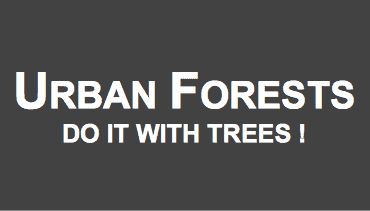IMPACTS

Creating a Miyawaki forest is about setting up a real forest ecosystem. Over the years, flowering plants, herbs, mosses, and mushrooms will appear under the cover of trees. Forests provide shelters for many animals: birds, insects, small mammals. A Dutch study showed that animal biodiversity in a Miyawaki micro-forest is on average 18 times higher than that of a conventional urban forest.
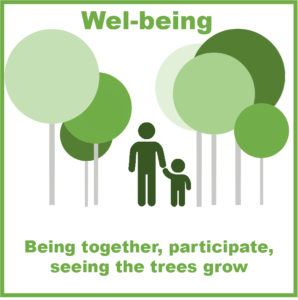
A Miyawaki forest is a magnificent ecosystem created in a participatory way that you watch grow from one season to the next. It’s like getting to know a friend. Micro-forests are located close to home, in your garden, in your neighbourhood, in your school or on the premises of your working place. They create a landscape full of life, with attractive shapes and colours. You can walk around and enjoy a moment of peace and quiet to observe nature and smell the scents of the earth.
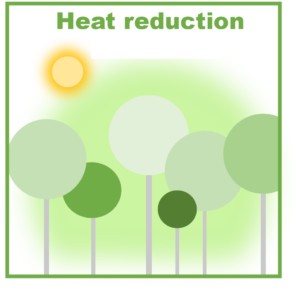
In summer, heat island phenomena happen a lot in urban areas. Even small forests improve the thermal comfort of people in the immediate vicinity. Not only is the air cooler (up to 20°C cooler than nearby concrete structures), it is also less dry, and the vegetation provides much needed shade.
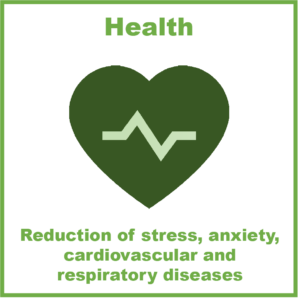
If you feel blue, go green : Miyawaki forests provide moments for relaxation and well-being. When part of the environment, forests help reduce stress, cardiovascular and respiratory diseases. Micro-forests are places to walk to, and during planting events, they promote social contact, particularly in urban areas.

A Miyawaki forest is both a sponge and an anti-pollution umbrella. Trees are able to absorb and remove toxic particulate matter with their leaves (at least up to 15% of particulate matter). Forest cover act as a mechanical barrier effect preventing part of the pollution going through it.

A Miyawaki forest is one of the most favorable forms of vegetation for reducing noise pollution. A micro-forest decrease noise by 10dB with 5m width only with performance improving from year to year as it grows. It represents an alternative to noise barriers. It is much cheaper and it looks better.

The biomass of a Miyawaki forest of 100 m2 and of average age (a few decades) represents a stock on the order of 6 tons of carbon dioxide, i.e. two thirds of the annual carbon emissions reports of a European. Each year the forest absorbs 50 kg of additional carbon dioxide. If planting forests cannot compensate for all the pollution, it is still a meaningful environmental action, because forests have many other benefits.
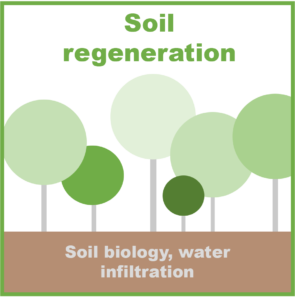
Vegetation as dense and diverse as one found in Miyawaki forests stabilise and regenerate the soil, allowing rainwater to infiltrate much better. Instead of compacted soils, which can lead to run-off and erosion during heavy rainfall, micro-forests help water to infiltrate and be retained under the forest. This creates a cooling effect in the warmer months thanks to the accumulated moisture. The activity of micro-organisms in the presence of trees improve the structure of the soil, boost aeration and keep it cooler and more productive.

The presence of a tree cover on real estate properties is much looked after. Micro-forests can increase their price by several thousand euros. It goes without saying that a greener and more natural place of residence is very attractive: the inhabitants get all the benefits mentioned above.
Do you want to know more about benchmark studies? >>> View the report
